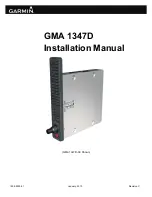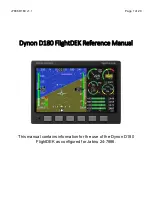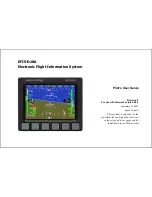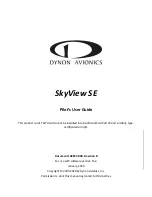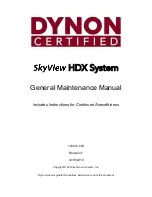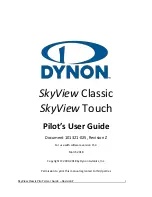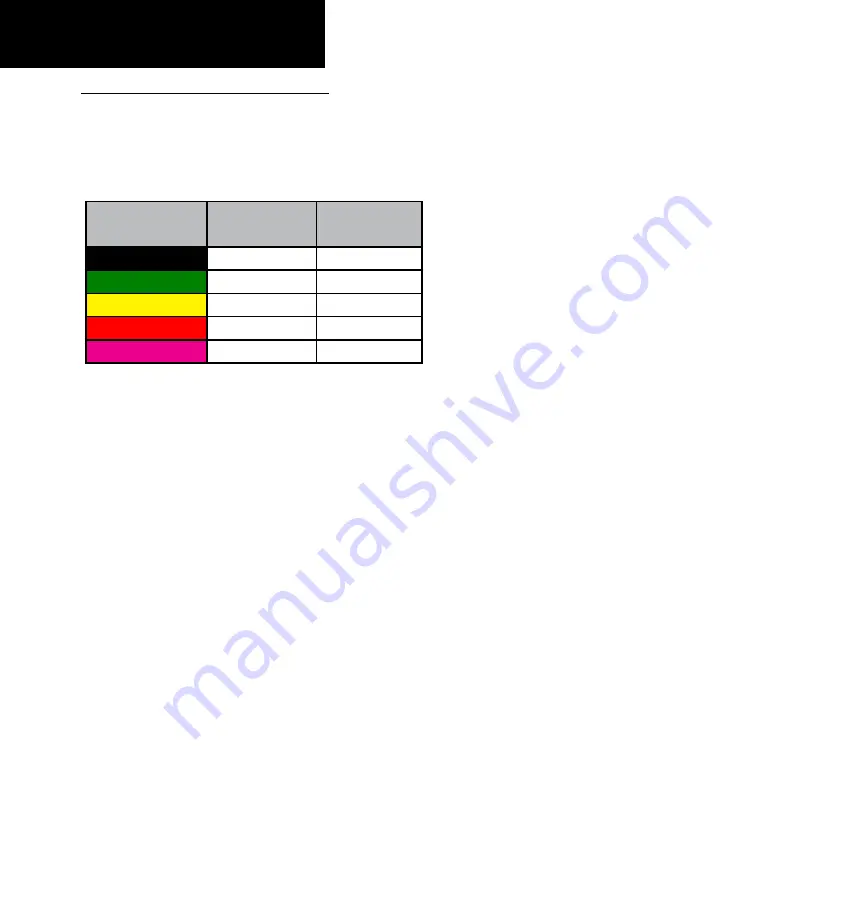
102
190-00607-02 Rev C
Detailed Operation
Weather Mapping and Interpretation
Weather display Interpretation
When evaluating various target returns on the
weather radar display, the colors denote approximate
rainfall intensity and rates as shown in the table below.
Weather Mode
Color
Approximate
Intensity
Approximate
Rainfall Rate
BLACk
< 2 dBZ
< .01 n./hr.
GREEN
2 dBZ to < 2 dBZ
.01 - 0.1 n./hr.
YELLOW
2 dBZ to < 1 dBZ
0.1 - 0. n./hr.
RED
1 dBZ to < 0 dBZ
0. - 2 n./hr.
MAGENTA
0 dBZ and greater
> 2 n./hr.
Precipitation Intensity Levels
Thunderstorms
Updrafts and downdrafts in thunderstorms carry
water through the cloud. The more severe the drafts,
the greater the number and size of the precipitation
droplets. With this in mind, the following interpre-
tations can be made from what is displayed on the
weather radar. Avoid these areas by an extra wide
margin.
• When the displayed target intensity is red or
magenta (large amounts of precipitation) the
turbulence is considered severe.
• The steeper the color gradient (rate of change
in the rainfall rate over distance) in a target, the
stronger the turbulence.
• Areas that show red or magenta are associated
with hail or turbulence, as well as heavy precipita-
tion. Vertical scanning and antenna tilt manage-
ment is necessary to identify areas of maximum
intensity.
Along squall lines, individual cells are in different
stages of development. Areas between closely spaced,
intense targets may contain developing clouds not
having enough moisture to produce a return. How-
ever, these areas could have strong updrafts or down-
drafts. Targets showing wide areas of green are gener-
ally precipitation without severe turbulence. In areas
of multiple heavy cells, use the Vertical Scan feature
along with antenna tilt management to examine the
less benign areas before maneuvering around the cells.
Remember, avoid shadowed areas.
Turbulence can also be identified by irregularities
in the target return. These can be identified as ‘hooks’,
“fingers”, or a scalloped edge. These irregularities may
be present in green areas, with no yellow, red, or
magenta areas and should be treated as highly dan-
gerous areas. Avoid these areas as if they were red or
magenta areas.
Thunderstorm development is rapid. A course
may be blocked within a short time. When displaying
shorter ranges, periodically select a longer range to see
if problems are developing further out. That can help
prevent getting trapped in a “blind alley”.
Radar

































